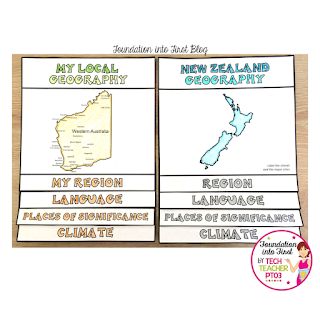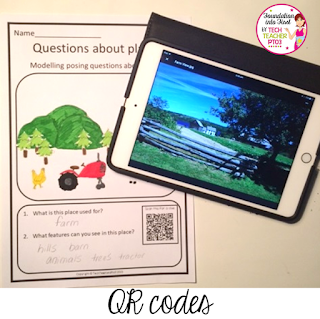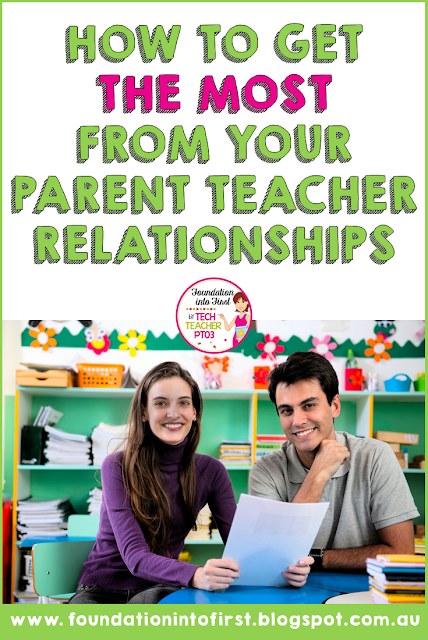
Humanities and Social Sciences (HASS) has a bit of a bad reputation. I LOVE teaching History and Geography, it can be so much fun and a great way to discuss important events both political and socially. Every so often I hear a teacher saying 'Oh HASS is so dry!' and I can't argue with that sometimes! The Australian Curriculum (ACARA) does move students into some super dry areas of Australian history (Federation anybody?) and having taught HASS to all grades, I know it can get boring to teach but it doesn't have to be.
Here are my four fail-safe ways to make HASS more interesting and dare I say it - exciting?
1. LEARN TO LOVE IT
Do not start a lesson with 'I know it's boring but... ' or 'now we have do some 'real' work' comments. The moment you give your students ANY indication that what they are about to do is boring or dull - STOP! Your students will focus on this and HASS then becomes boring and dull to them as well. Get excited about HASS! It's fun and your students will love it!
2. USE REAL WORLD EVENTS TO CONNECT WITH STUDENTS
HASS aims to move students from the known to the unknown through Prep to Year 6 but don't let this concept stop you applying the same principles to your HASS lessons.
You MUST start with what students know and can do.
In Geography Preps - Year 3 use the spaces around the school for different things (playground, tuck shop, classroom etc.. ) so always build your concepts around their known world. Take students to these places and get them posing questions such as "Why is the sandpit there? Why not in the eating area? Why are rubbish bins in the eating area? How does that help us to take care of places?"
History is also the perfect way to connect students with real-world events, in Prep students are asked to explore their family tree and through Prep - Year 3 students are asked to examine cultural events that take place. Whenever a special day is celebrated or commemorated (make sure they understand the difference), you need to bring that special event into your classroom and discuss it. Keep these topics relevant for them by posing questions such as 'How do we commemorate it? Is it a commemoration or a celebration?'
3. CREATE REAL-LIFE PROBLEMS THAT NEED SOLVING
When I taught Year 6 History, I placed students at group tables and gave them state names. One group would be Queensland, another would be NSW and so on. When discussing Federation I would begin to split or merge groups depending on our discussion of the lead-up to Federation and how the states merged or separated. When discussing the Gold Rush I sent the students from Queensland to Victoria to all sit at the same table to cries of "We can't all fit! There's no room!" from the students. This real-life problem would pose a jumping point for our discussions about population and the strain on resources.
You must keep the topics relevant for young students. Help them to connect to geographic and historic situations with hands-on activities and relevant tasks. Once you have students engaged, then real learning can take place.
4. GET CREATIVE
Reading historical texts or examining maps can be dull - so get creative! Use puzzles, word searches, flip books (great for note taking), songs, colouring pages, photographs, QR codes, websites and wall displays to delve deeper into HASS. Students love a hands on activity and you can often time this perfectly to get students to demonstrate what they have learnt.
I love HASS and I'm not ashamed to admit it! HASS is often where the real learning about the world begins.






























